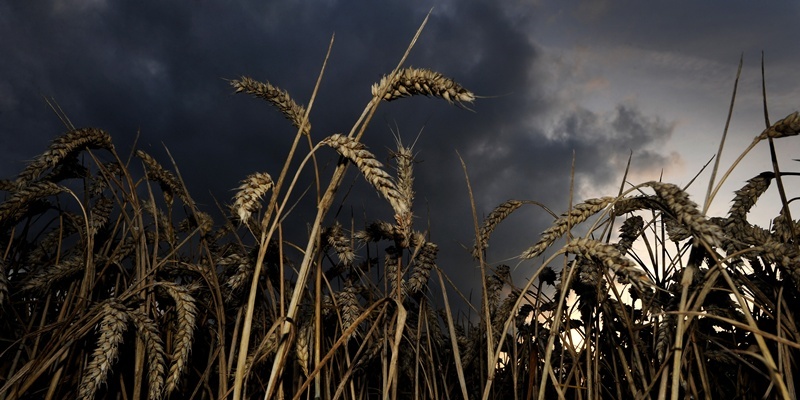Hard-pressed Scottish consumers could be hit by rising food prices this Christmas after heavy rains devastated this year’s wheat crops.
According to the National Farmers Union, wheat yields fell 14.1% on a five-year average in England and Wales, prompting the British Retail Consortium to warn food prices are likely rise as a result.
Although the harvest in Scotland is not yet finished, early figures suggest the picture could be even worse.
The wheat yield in Scotland fell to seven tonnes per hectare, down 18% from last year. However, this is still above the English yield of 6.7 tonnes per hectare.
Winter and spring barley yields in Scotland are down 7% and 18% respectively, while the winter oil seed rape yield is down more than a quarter (26%) from 2011.
The rising costs of these commodities will also affect meat prices as the price of grain to be used as feed will also go up.
While the UK is counting the cost of a sodden summer, droughts and heatwaves have played havoc with crops in Russia and the US.
Food inflation in the UK has remained at 3.1% over the past three months due to competition between supermarkets, but many fear greater price rises are now inevitable.
Richard Dodd of the British Retail Consortium said: ”There certainly are price pressures in the system which are coming from poor wheat harvests in this country but also in the other big wheat producing countries. The most recent figures are that wheat prices are up something like 29% compared with a year ago.
”Our own figures for the shop price inflation for food show that it has been very, very stable it has been 3.1% for the last three months which is actually a two-year low. There is no food price explosion going on but there are pressures in the system that will work through.”
Guy Gagen, NFU chief combinable crops adviser, said: ”These UK harvest results will do little to alleviate the global dynamics of commodity prices, with the prospect of relatively high commodity levels through to 2013. Cereals prices impact directly on other sectors, especially pig and poultry farmers who are already struggling with higher feed costs.”
NFU Scotland combinable crops policy manager Peter Loggie said: ”There remains some uncertainty over the figures as the harvest in Scotland is not yet complete.
”Yields estimated on crops not yet delivered to stores may also change as these may not be quite as accurate as weighed, delivered samples with correct adjustments for moisture content.
”Although the results are poor, discussions with other unions and the trade suggest the hit on yield and on specific weights may have been less in Scotland than in some parts of England.
”Scotland is traditionally a net importer of wheat so the combined impact of a smaller planted area and lower yield means that Scottish wheat should find ready buyers and imports into Scotland will be higher than normal.
”The tighter availability of barley means that we will have less to export than normal. Again, it means that all Scottish barley should all find a home domestically.
”The same applies to oats, where all Scottish production is likely to be needed with some being imported to make up the shortfall.”
Photo Andrew Matthews/PA Archive
